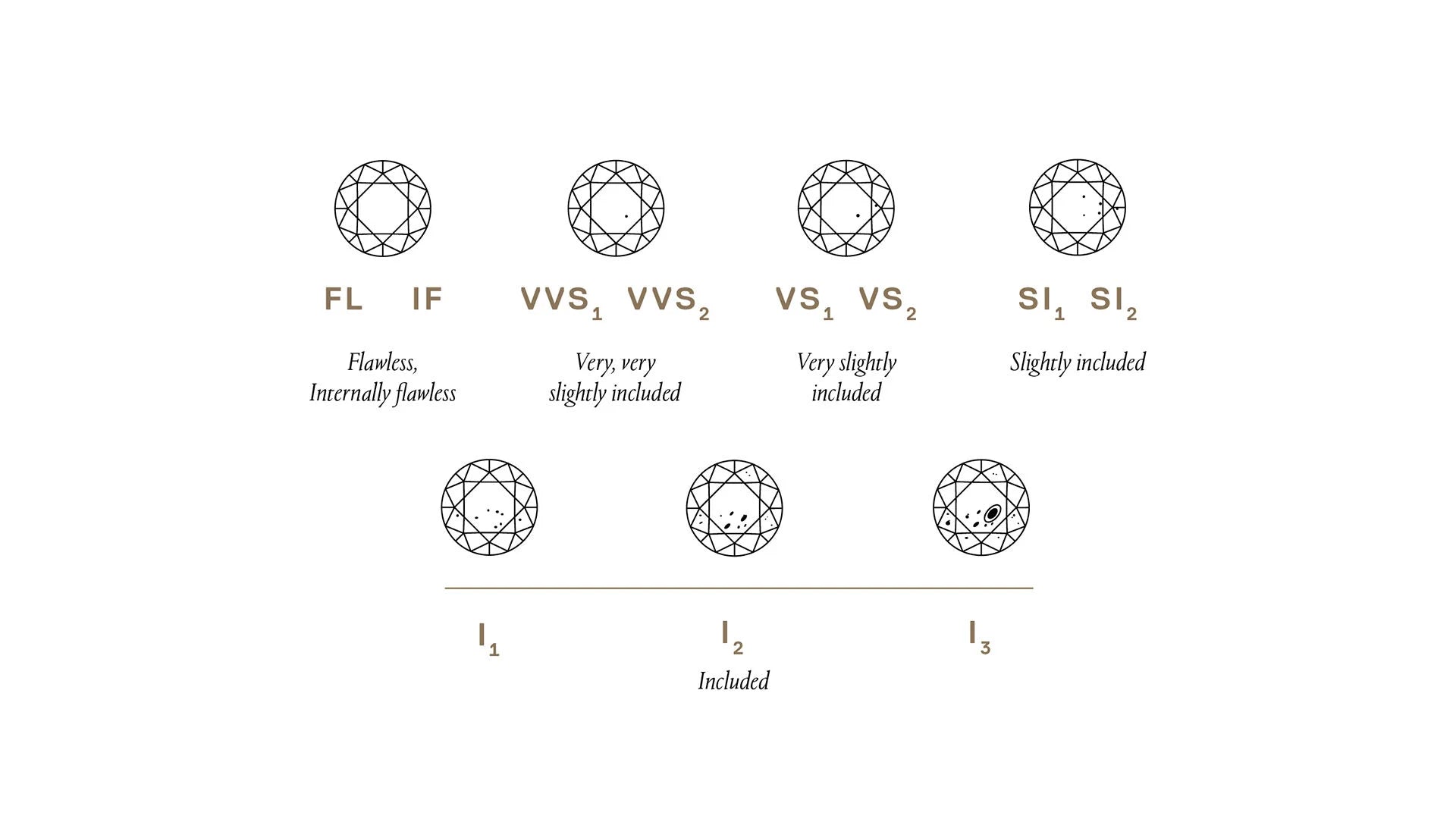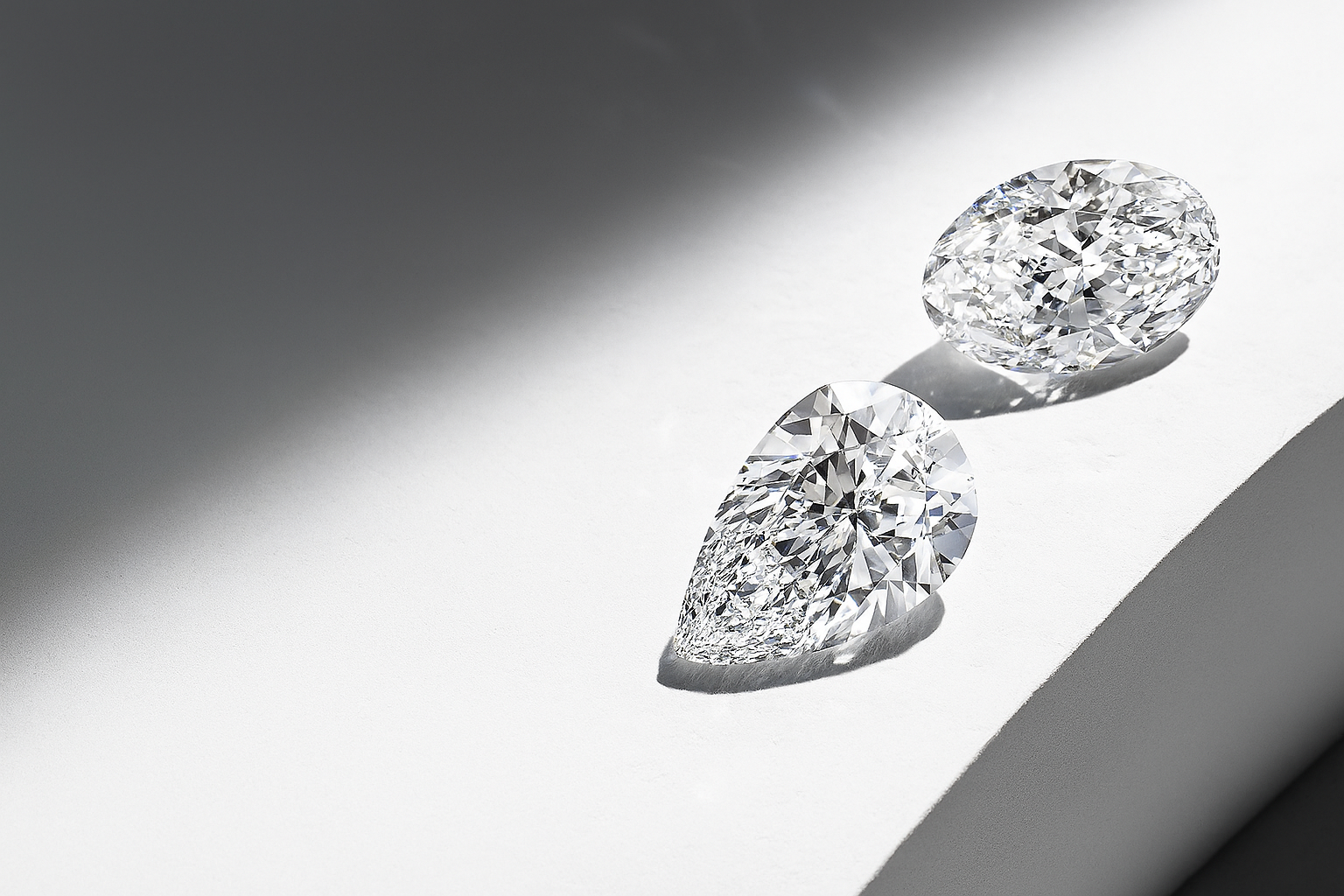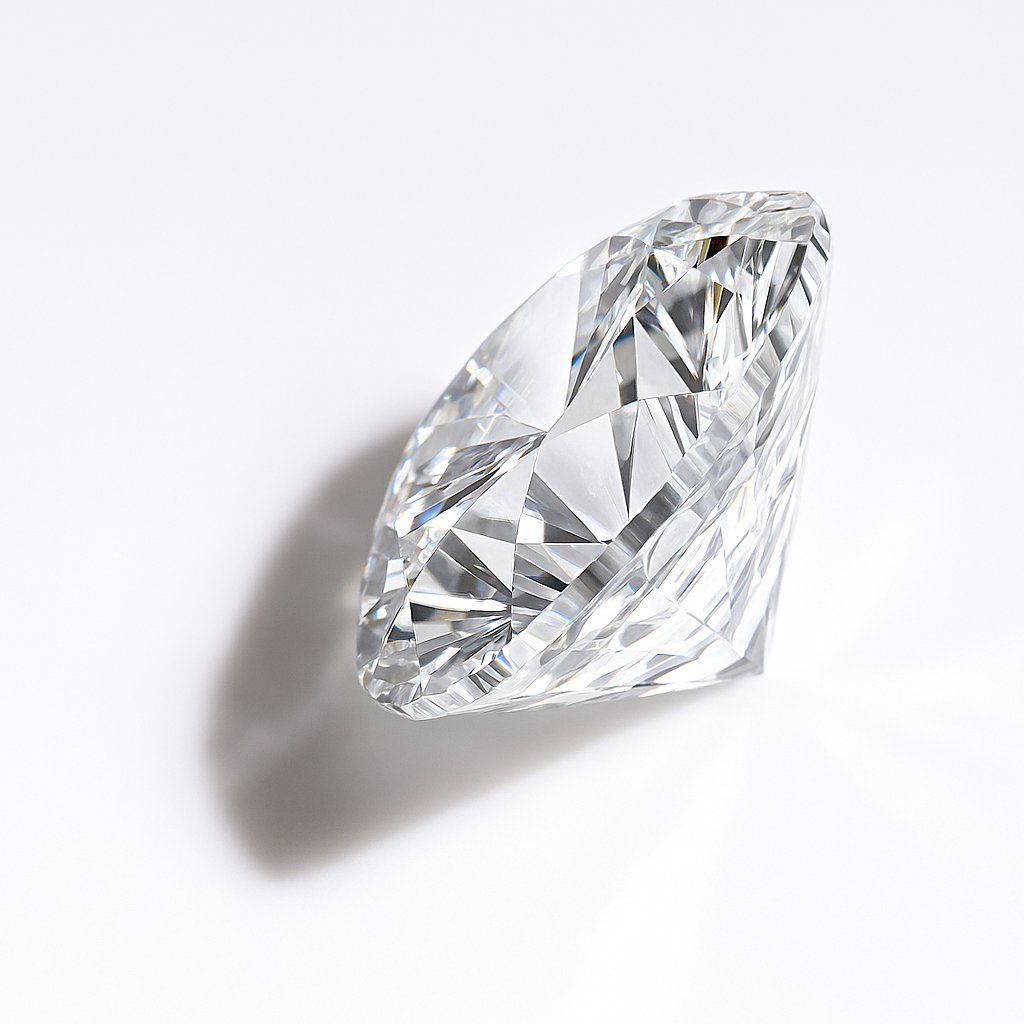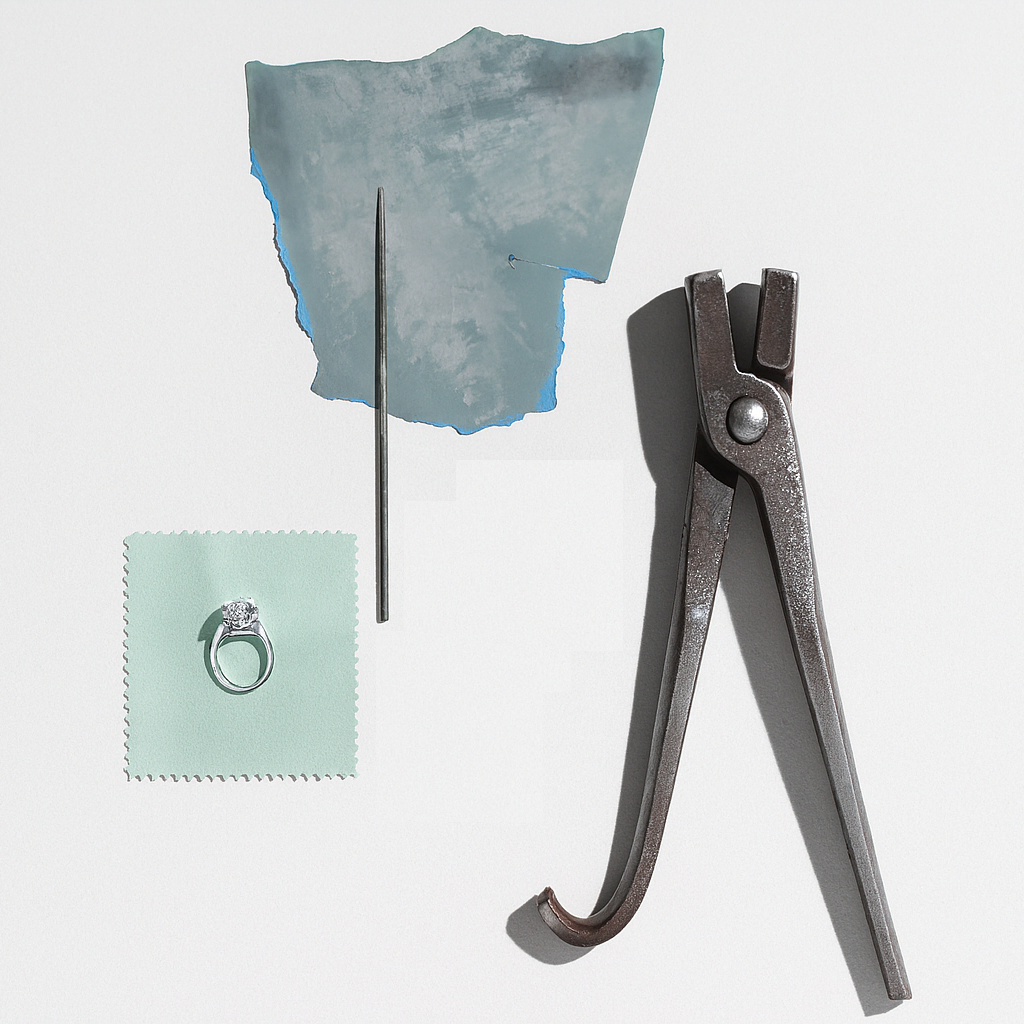DIAMOND GUIDES
A Guide to Diamond Cuts and Diamond Shapes
A diamond’s journey begins deep beneath the Earth’s surface, where carbon atoms are subjected to extreme heat and pressure within the mantle. Over millions of years, these atoms crystallize into diamonds, remaining hidden until powerful volcanic eruptions transport them to the surface through rare geological formations known as kimberlite pipes.
This natural process can create internal features, known as inclusions, and external features, referred to as blemishes. These characteristics may interfere with the passage of light through the diamond, subtly diminishing its brilliance. Clarity, one of the four essential pillars of diamond quality—alongside cut, color, and carat weight—assesses the number, size, location, and visibility of these features.
What is a diamond clarity chart?
A diamond clarity chart is a standardized visual guide that categorizes the clarity of diamonds based on the presence of inclusions and blemishes. These clarity grades play a critical role in evaluating a diamond’s overall quality and value.
The most widely recognized clarity scale was developed by the Gemological Institute of America (GIA)—a global authority in gemological science. Founded in 1931, the GIA is a nonprofit public-benefit institution dedicated to research, education, and the advancement of gem grading standards. It is renowned for its rigorous, impartial certification practices and is trusted to verify the quality and origin of many of Fuster’s most exceptional diamonds.
With each stone, Fuster celebrates the story of the Earth’s most precious treasure—refined by nature, perfected by craftsmanship, and certified by science.
The GIA diamond clarity chart
The Gemological Institute of America (GIA) diamond clarity chart is the global standard for evaluating diamond clarity. It is divided into six primary categories, some of which are further sub-divided, resulting in a total of eleven clarity grades:
- Flawless (FL): No inclusions or blemishes visible under 10x magnification. These diamonds are exceptionally rare and exemplify the highest standard of clarity.
- Internally Flawless (IF): No internal inclusions visible under 10x magnification; only minor surface blemishes may be present.
- Very, Very Slightly Included (VVS1 and VVS2): Minute inclusions that are extremely difficult for even a skilled grader to detect under 10x magnification.
- Very Slightly Included (VS1 and VS2): Minor inclusions that require effort to locate under 10x magnification, considered insignificant in most settings.
- Slightly Included (SI1 and SI2): Inclusions that are noticeable under 10x magnification and may be visible to the naked eye in certain conditions.
- Included (I1, I2, and I3): Inclusions are clearly visible under 10x magnification and may impact the diamond’s transparency and brilliance.
While to the untrained eye a VS1 and an SI2 diamond might appear similar, their differences in clarity and overall quality are significant. This underscores the importance of expert evaluation and a clear understanding of the GIA clarity scale when selecting a diamond of enduring value.

Diamond clarity grading considerations
At Fuster, every creation begins with the diamond—a timeless emblem of purity, strength, and eternal love. To honour its rare beauty, each Fuster diamond undergoes rigorous assessment according to the 4Cs—Cut, Colour, Clarity, and Carat weight—as established by the Gemological Institute of America (GIA), the world’s foremost authority on diamond grading.
Clarity—a key pillar in evaluating a diamond’s quality—reflects the presence or absence of internal and external characteristics known as inclusions and blemishes. The GIA’s clarity grading system meticulously examines five core factors to determine each diamond's clarity grade:
1. Size
The dimension of any inclusions or blemishes directly impacts the clarity. Larger inclusions are more visible and therefore carry greater weight in the grading process than smaller, less noticeable ones.
2. Number
The clarity grade is also influenced by the quantity of inclusions and blemishes. While one significant inclusion can affect clarity, multiple smaller imperfections distributed throughout the diamond may equally diminish its optical purity.
3. Position
The location of an inclusion is critical. Those situated near the centre or directly beneath the table (the top facet) can interfere more with light reflection than those positioned near the girdle or pavilion.
4. Nature
This refers to the type of inclusion or blemish present—be it a crystal of another mineral, a feather (internal fracture), or a tiny cavity. Certain types, due to their form or composition, are more detrimental to clarity than others.
5. Relief
Relief denotes the visual contrast between the inclusion and the surrounding diamond material. Inclusions with higher contrast—either in colour or texture—are more visible and thus have a more pronounced impact on clarity grading.
The Fuster Standard
Evaluating clarity is both an art and a science, requiring exceptional expertise and precision. At Fuster Legacy, each diamond is hand-selected by our master gemologists and meticulously graded to ensure it meets the highest standards of brilliance and beauty. Our commitment is to offer only diamonds that radiate with exceptional clarity, ensuring every piece becomes a treasured legacy of timeless elegance.






